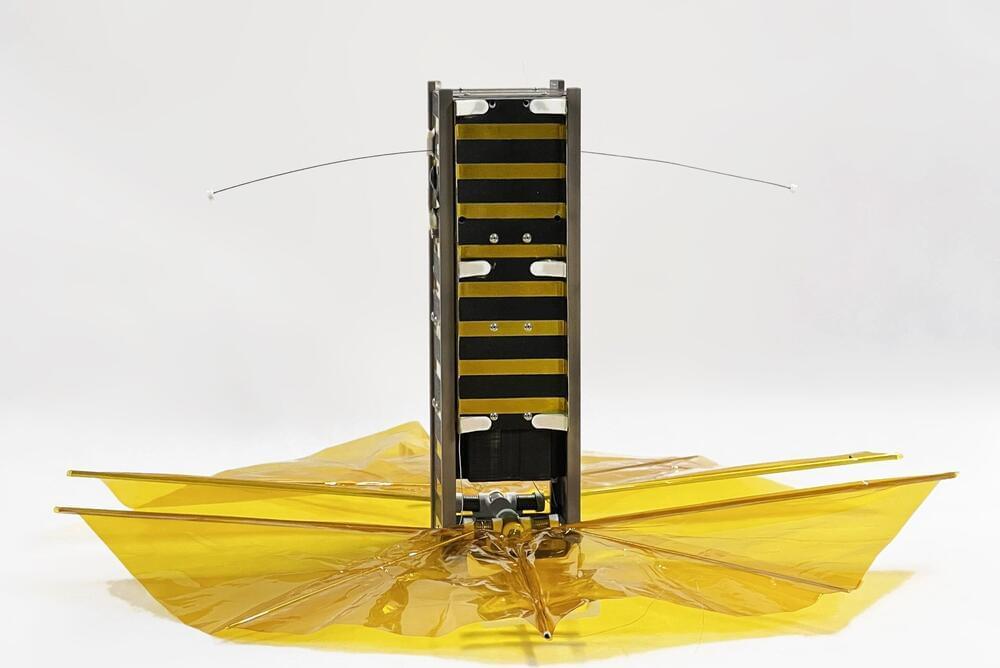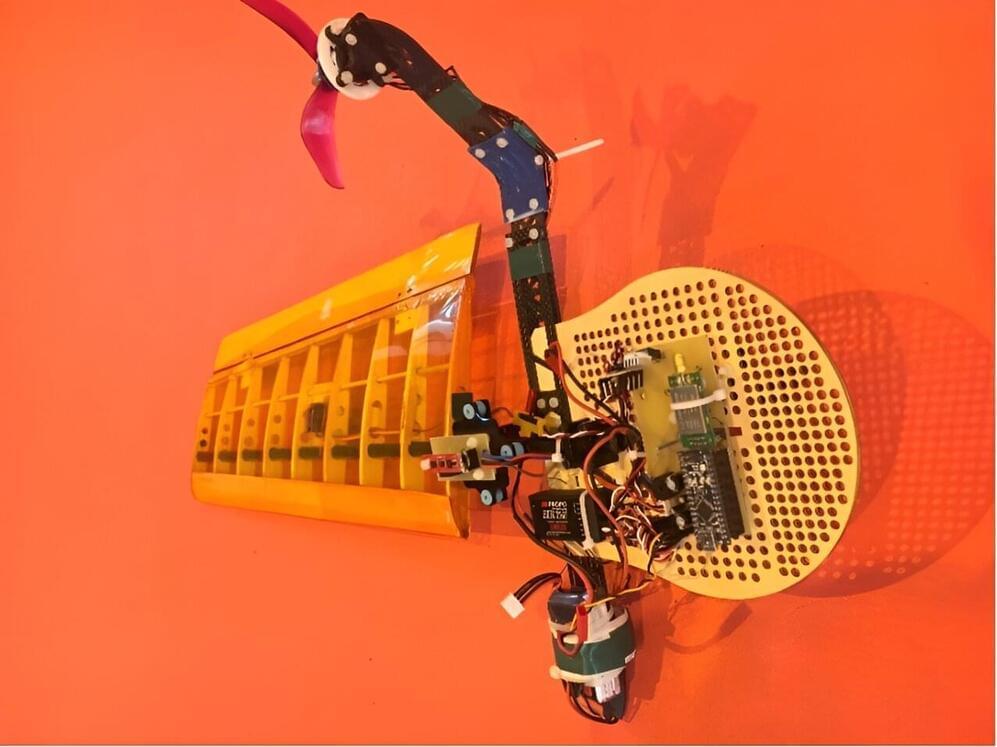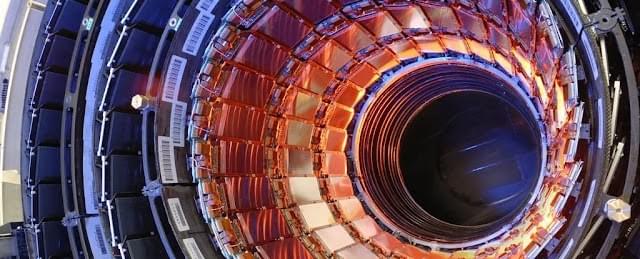Disavowal, though, is not only about waste. The disavowal of dark truths is arguably a theme of modernity itself. Modern practices around death are revealing in this regard: In many traditional societies, a corpse is kept in the family space until its burial; in most modern societies, the dead body is carted off immediately. Embalming is common to halt (and hide) the process of decay. It is precisely this approach that Lee’s mushroom burial suit is critiquing.
From a fungal vantage point, this system is indeed psychotic. Mycoremediation may not be the systemic intervention that was hoped for, but as an expression of one’s personal concern for our toxified landscape, it is far from insignificant. Rather, it is a tangible way for people without much institutional power to engage in the ongoing fight against environmental damage, to try to contain the disasters seeping around us. As a domestic intervention, mycoremediation is modest but culturally meaningful — a method of repair and reconnection.
The power of fungi comes from the proximity they have with dark truths: the abject, the mess we need to face, mortality, vitality, kinship. In other contexts, this proximity elicits wariness, but in our current crisis, it holds the possibility of a healing power — a pharmacological power. Fungi can take on the mess and the junk, break it down and transform and incorporate it rather than ignore it.







